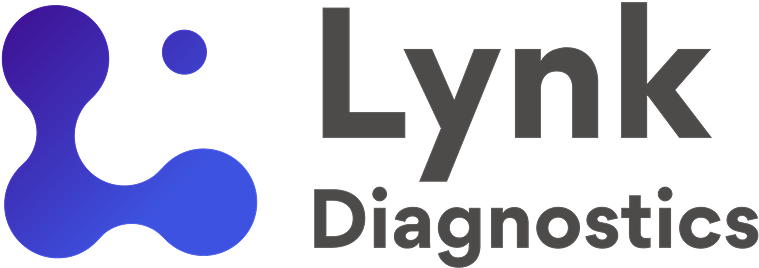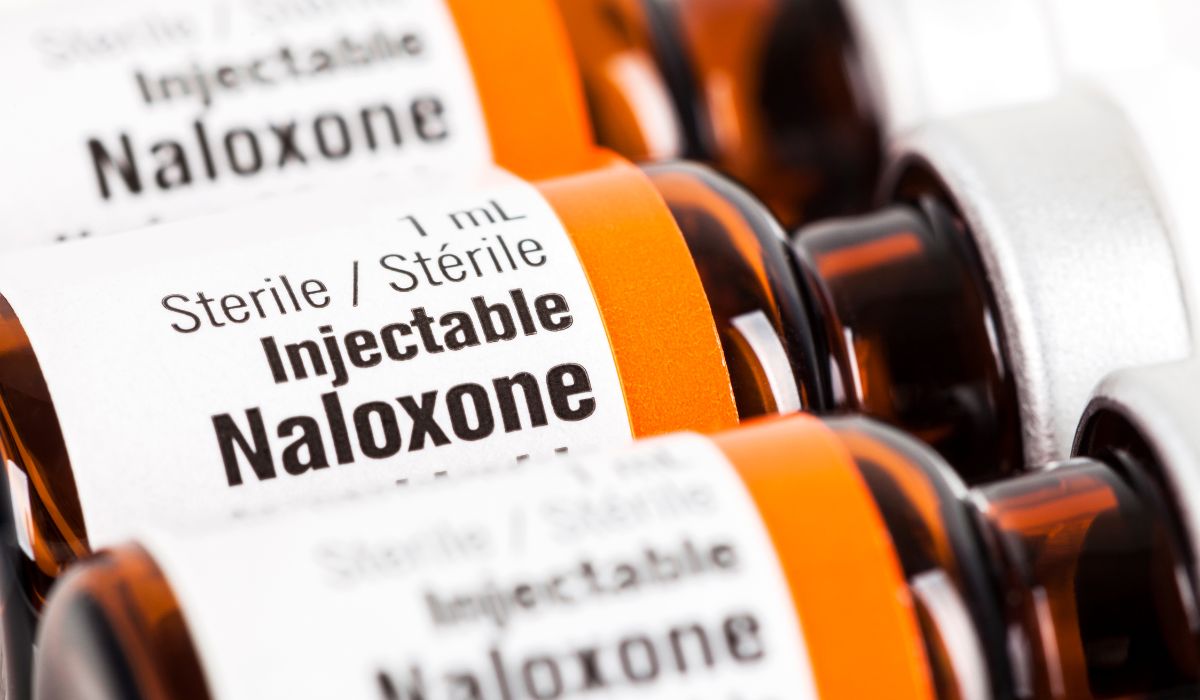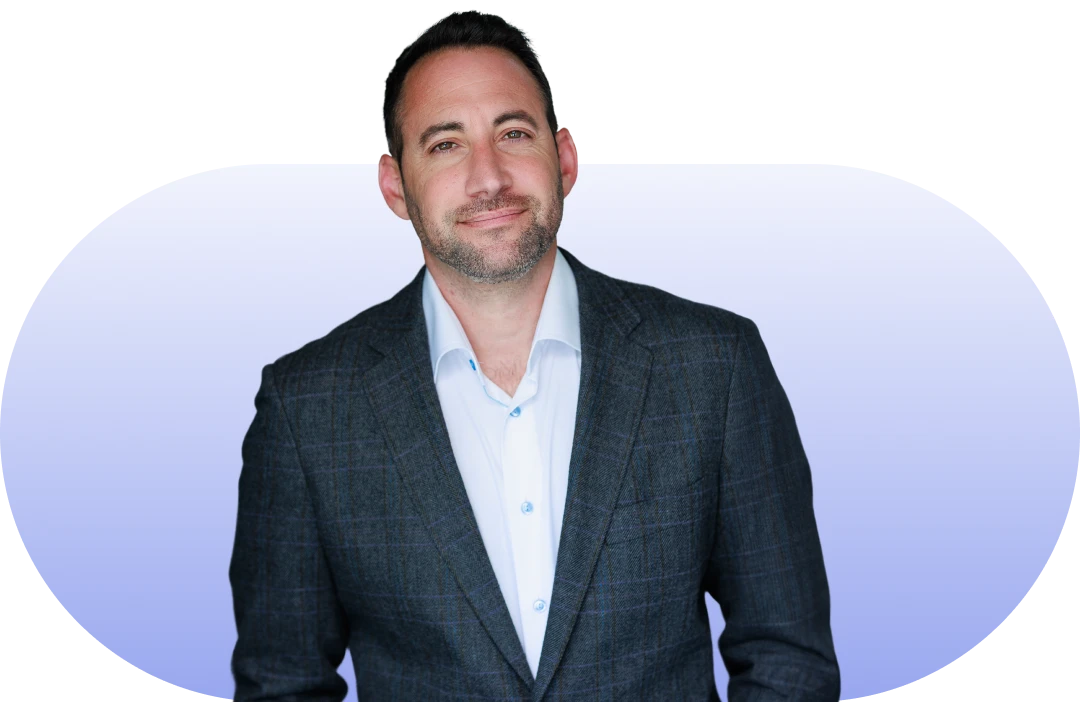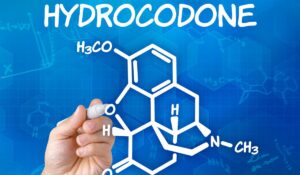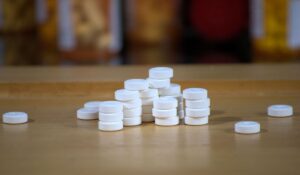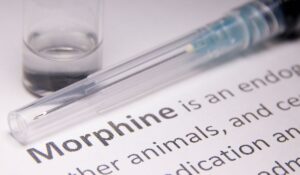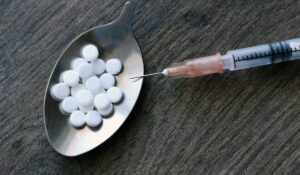What Is Naloxone?
Naloxone is a medication used to stop the effects of an opioid overdose. It works fast and can save lives. Doctors, nurses, and rehab centers use naloxone to reverse drugs like heroin, fentanyl, oxycodone, morphine, and codeine.
It is not an opioid itself. Instead, naloxone blocks opioid receptors in the brain. This helps restore breathing if someone is overdosing.
How Is Naloxone Given?
Naloxone can be given in a few different ways:
- Intramuscular injection – A shot into the muscle.
- Nasal spray – A mist sprayed into the nose.
- IV injection – Given directly into the vein by medical staff.
Each method works quickly. In most cases, naloxone starts to act within minutes.
Why Do People Worry About Drug Tests?
Many people in methadone clinics, outpatient programs, or therapy ask if naloxone shows up on a drug test. This is because they may also be on methadone, buprenorphine (Suboxone), or naltrexone. They want to know if naloxone will cause problems with work, insurance, or recovery programs.
Does Naloxone Show Up on a Drug Test?
The simple answer is no. Naloxone itself does not usually show up on a standard urine drug test.
Most tests check for opioids, opiates, methadone, fentanyl, oxycodone, codeine, morphine, methamphetamine, and alcohol. Naloxone is not a drug of abuse, so labs do not screen for it.
Why Naloxone Is Not on Standard Tests
- Naloxone is not addictive. It does not cause a high.
- Naloxone is a lifesaving medication. Doctors want people to use it without fear.
- Drug test panels focus on substances linked to misuse or addiction, such as opioids, alcohol, methamphetamine, and benzodiazepines.
Can Naloxone Ever Be Detected?
Yes, in rare cases. Special laboratory tests can detect naloxone in urine or blood. But these tests are not part of normal workplace or rehab screening. They are used only in research or special legal cases.
How Naloxone Works in the Body
When naloxone enters the body:
- It quickly blocks opioid receptors.
- It pushes out drugs like heroin, oxycodone, morphine, or fentanyl.
- It wears off in 30 to 90 minutes.
This means someone may need more than one dose if the opioid in their body is very strong, like fentanyl.
Naloxone in Suboxone
Many patients in recovery take Suboxone, which is a mix of buprenorphine and naloxone. The naloxone in Suboxone helps prevent abuse. If someone tries to inject Suboxone, naloxone will block the high.
Even in Suboxone, naloxone does not cause a positive drug test result. Tests usually detect buprenorphine instead.
Methadone and Naloxone
Patients in a methadone clinic often wonder if naloxone affects test results. The answer is no. Methadone can show up in a drug test, but naloxone does not.
Methadone treatment is different from naloxone. Methadone is an opioid medication used for addiction and pain management. Naloxone is only for emergencies like overdose.
Naloxone vs. Naltrexone
Some people confuse naloxone with naltrexone. Both block opioids, but they are different:
- Naloxone works fast and is used in emergencies.
- Naltrexone lasts longer and is taken daily for therapy and addiction recovery.
Drug tests can sometimes detect naltrexone, but not naloxone.
Why Naloxone Saves Lives
Every year, thousands of people die from opioid overdose. Naloxone helps stop this tragedy. It works with:
- Heroin
- Fentanyl
- Oxycodone
- Morphine
- Codeine
By blocking these drugs, naloxone gives people a chance to get medical care, therapy, and treatment at facilities like Lynk Diagnostics.
Naloxone and Recovery Programs
Many recovery programs use naloxone to keep patients safe. In outpatient treatment, people may keep naloxone at home. Rehab facilities often train family members to use it.
Naloxone is a bridge to therapy, health support, and long-term addiction treatment.
Misunderstandings About Naloxone
Some believe naloxone:
- Shows up on a drug test
- Can be abused
- Encourages people to use more drugs
These ideas are not true. Naloxone does not give a high, does not create addiction, and does not show up on normal drug screenings.
Role of Lynk Diagnostics
Lynk Diagnostics is a trusted center for drug testing and recovery support. They help rehab facilities and outpatient clinics by:
- Running accurate urine and blood drug tests
- Supporting patients in therapy and recovery
- Providing reliable information about addiction and medication
If you have questions about drug testing and recovery, Lynk Diagnostics offers expert guidance.
Health and Safety Around Naloxone
- It is safe for almost everyone.
- It does not harm a person if they have not taken opioids.
- It should always be given if an overdose is suspected.
Naloxone does not replace therapy, outpatient care, or medication like methadone and buprenorphine. But it keeps people alive so they can continue treatment.
Alcohol and Naloxone
While naloxone works on opioids, it does not reverse alcohol overdose. Still, people struggling with substance abuse may mix alcohol with opioids, making overdose even more dangerous.
Methamphetamine and Naloxone
Naloxone does not block methamphetamine. That drug is a stimulant, not an opioid. However, people who use meth sometimes also use opioids, which means naloxone may still be needed.
Final Thoughts
Naloxone is a powerful tool against the opioid crisis. It does not show up on normal drug tests, and it does not cause addiction. Instead, it saves lives and connects people to therapy, health care, methadone clinics, and outpatient treatment.
If you or someone you know is worried about drug testing or needs help with recovery, contact Lynk Diagnostics for expert support.
FAQs
Does naloxone show up on a drug test?
No, naloxone does not appear on standard drug tests.
Can naloxone cause a false positive for opioids?
No, naloxone does not cause a positive result for opioids, opiates, or methadone.
Is naloxone safe to use?
Yes, naloxone is safe and can save lives during an opioid overdose.
Does Suboxone show up on a drug test?
Yes, tests may detect buprenorphine, but not the naloxone part.
Will insurance cover naloxone?
Many insurance plans cover naloxone, especially for people in addiction recovery or at risk of overdose.
